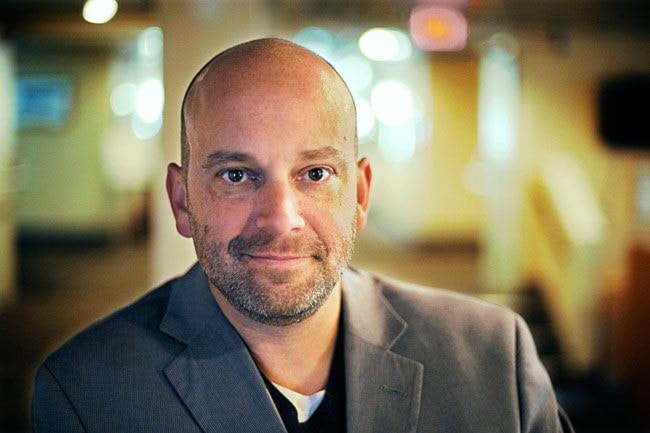Whitehorse could easily develop a five-year plan to end homelessness, said Tim Richter.
The president and CEO of the Canadian Alliance to End Homelessness visited Whitehorse this week at the request of the Yukon Anti-Poverty Coalition. The alliance works to end homelessness by helping communities develop 10-year plans to address the problem. Since Whitehorse has a smaller population, it may only take half as long here, he said.
But first, city council needs to declare they want to end homelessness. Councillors may be hesitant to do that, since providing affordable housing often isn’t their responsibility, said Richter. But every level of government shares some responsibility, he said.
“In every jurisdiction where 10-year plans have come about, it’s come about because of municipal leadership either leading the plans or being a partner in leadership of the plans. And that’s because homelessness is local. It lives in your streets and shelters, and municipal governments tend to feel it most keenly.“w
Before joining the alliance to end homelessness this summer, Richter led the Calgary Homelessness Foundation, responsible for implementing Calgary’s 10-year plan to reduce homelessness. The plan is the first of its kind in Canada.
Calgary had the fastest-growing rate of homelessness in Canada between 1992 and 2008, said Richter. Beginning in 2008, the year the plan took effect, that rate stopped growing. In January, the city recorded an 11.5 per cent reduction in homelessness, he said.
So far, more than 4,000 people have been housed as a result of the plan and over 3,500 affordable housing units built.
Cities across Alberta and British Columbia have similar plans, he said. While it took Calgary a year to develop theirs, some communities have done it in less than six months, Richter said. Communities “don’t have to re-invent the wheel,” he said. “There’s nothing in these plans that can’t be stolen.”
Upcoming municipal elections make Richter’s visit even more timely. Almost every city council candidate has mentioned affordable housing as a key issue, said Bill Thomas, chair of the YAPC’s housing task force.
According to the latest numbers he’s seen, there are about 100 people who are homeless in Whitehorse, said Thomas. The need for affordable housing, which is housing that costs less than 30 per cent of an individual’s net income, continues to grow, he said.
City councillors Betty Irwin and Kirk Cameron both believe Whitehorse could do more to fight homelessness. They are both seeking re-election.
Irwin has often wondered why the city can’t be in the business of providing social services. She’d like to see the city develop a not-for-profit corporation that rents housing units to people who meet income requirements, she said.
The city should hire consultants to study homelessness, just like it does for other issues, she said.
The city does have a role to play, said Cameron. He isn’t sure of how extensive that role should be. The city could also consider issuing bonds and use the money from bonds to build affordable housing, he said. More research needs to be done on this, he said. Whitehorse needs to work with other levels of government.
“We can’t afford to turn a blind eye to this,” he said.
Both Irwin and Cameron were hopeful Richter would have some ideas about how the city can best plan to end homelessness, they said. Richter met with the Yukon Anti-Poverty Coalition’s housing task force, territorial politicians and municipal candidates. He also gave a public presentation.
Contact Meagan Gillmore at
mgillmore@yukon-news.com
